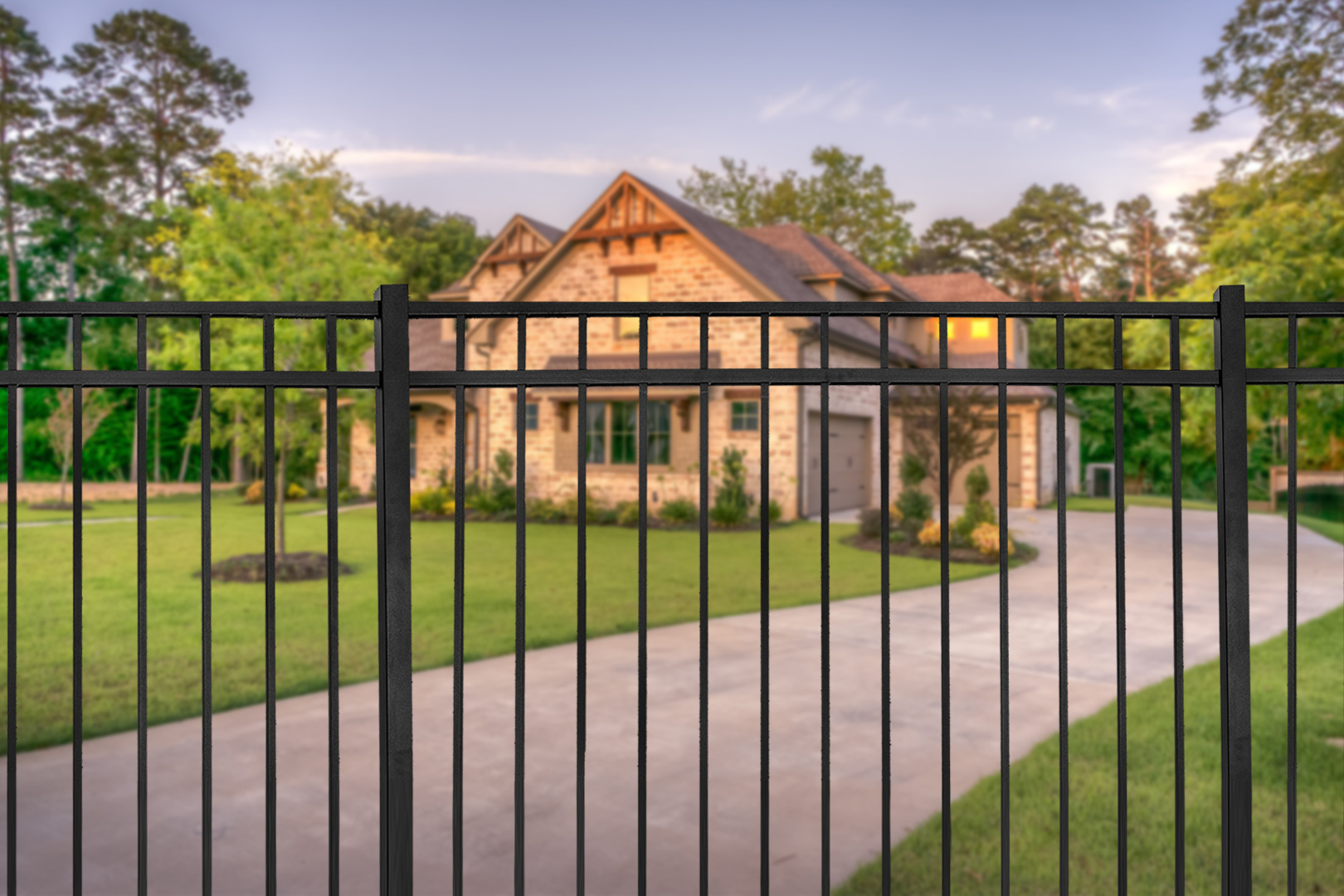All Categories
Featured

As sustainability comes to be a progressively essential consideration for home owners, even more people are turning to environmentally friendly fence materials. Whether you're building a fence for personal privacy, safety and security, or visual objectives, selecting products that lessen environmental influence is a great way to add to a healthier world. Below's a consider the leading green fence materials offered today and their advantages.
- Bamboo Fence: Fast-Growing and Renewable. Bamboo is just one of the most lasting fencing products on the marketplace. Unlike conventional wood, bamboo is incredibly fast-growing, which means it can be collected without diminishing woodlands. This makes it a very eco-friendly source, with some varieties maturing to three feet in a solitary day.
Environmental Benefits: Bamboo absorbs more co2 than lots of various other plants, aiding to balance out greenhouse gases. Its rapid development price suggests it can be harvested routinely, making it a sustainable material. Durability: Bamboo fencings are normally resistant to insects and degeneration, particularly when effectively dealt with, minimizing the need for chemical therapies. Visual Appeal: Bamboo gives an one-of-a-kind, all-natural look that complements both conventional and contemporary landscape design styles. While bamboo is a great option, it's crucial to make certain that the bamboo used is properly sourced to stay clear of contributing to ecological destruction.
- Recycled Metal Fence: Reusable and long lasting. Recycled steel fencing, such as aluminum or steel, offers a green choice to conventional timber fencings. These steels are commonly made from recycled materials, minimizing the need for new mining and the ecological impact associated with extracting resources.

Ecological Advantages: Steels like aluminum and steel are 100% recyclable, suggesting they can be recycled and repurposed forever without shedding top quality. Resilience: Steel fences are incredibly durable, resistant to weather, insects, and wear, making them a resilient selection that does not require to be replaced frequently. Low Upkeep: Recycled metal fences require very little upkeep and do not need to be repainted or secured on a regular basis, lowering the requirement for extra chemicals. The main downside is that steel fencings might not give the exact same personal privacy as wood or vinyl options, as they can have voids relying on the style.
- Recycled Wood Fencing: Sustainable and All-natural. For those who enjoy the classic appearance of wood however desire a green choice, recycled wood secure fencing is an exceptional selection. This material is made from recovered wood from old buildings, pallets, and even furniture, drawing away these materials from landfills.
Environmental Advantages: Making use of recycled timber avoids the requirement to reduce brand-new trees, helping to lower and preserve forests deforestation. Aesthetic Appeal: Recycled timber uses a rustic, natural look and can be personalized to match any type of home style. Sustainability: Considering that it is sourced from existing wood items, recycled wood does not require brand-new processing, which lowers energy intake and carbon emissions. While recycled timber fencings are an environment-friendly alternative, they might call for more maintenance in time than metal or bamboo fencings, as wood can be susceptible to decay and insects otherwise correctly treated.

- Living Fences: All-natural and Environment-friendly. Living fences, which are made from dense growings like trees, hedges, or bushes, offer a entirely natural and green alternative to conventional fencing materials. These fences not just offer privacy yet also boost your yard with lovely plant.
Environmental Advantages: Living fences can soak up carbon dioxide, supply habitat for wild animals, and improve air quality. Noise Reduction: Thick growings can act as natural audio obstacles, minimizing website traffic noise or various other unwanted audios. Visual Charm: They add a soft, all-natural visual to any residential property and can be tailored to fit any design. While living fences are eco-friendly, they do require routine maintenance such as pruning, watering, and occasionally pest control.
- Hemp Secure Fencing: Biodegradable and Strong. Hemp is an additional sustainable material that has made its means right into the secure fencing industry. Hemp fencings are made from solid hemp fibers that are woven with each other to produce eco-friendly and long lasting panels.
Environmental Advantages: Hemp expands rapidly and needs marginal water, making it a resource-efficient plant. The material is eco-friendly and can be composted when no more needed. Stamina and Toughness: Hemp secure fencing is remarkably solid and weather-resistant, making it ideal for several climates. Sustainability: Hemp farming needs fewer chemicals and fertilizers than conventional crops, making it an eco accountable option. Hemp secure fencing may not be as widely offered as other materials, depending on your location.
Conclusion: Lasting Selections for every single Demand. Choosing eco-friendly secure fencing materials is an excellent means to reduce your environmental footprint while still achieving the personal privacy, safety and security, and aesthetic you want. From fast-growing bamboo to recycled timber and steel, there are a variety of lasting choices that can assist you develop a gorgeous, practical fencing while supporting a healthier world. By thinking about factors such as sturdiness, maintenance, and environmental impact, you can select the ideal environment-friendly fence product for your needs and way of life.
Latest Posts
Practical Rug Care for Lasting Charm
Published Apr 19, 25
1 min read
Elevate Your Home with Specialist House Siding Solutions
Published Apr 19, 25
1 min read
The Strength and Style of Ornamental Iron Fencing
Published Apr 18, 25
1 min read